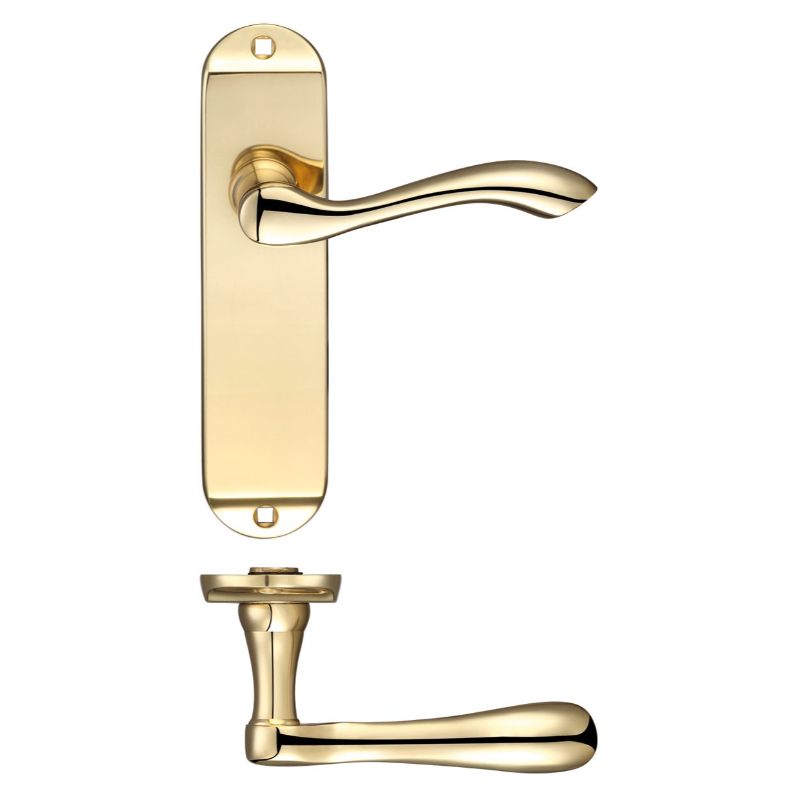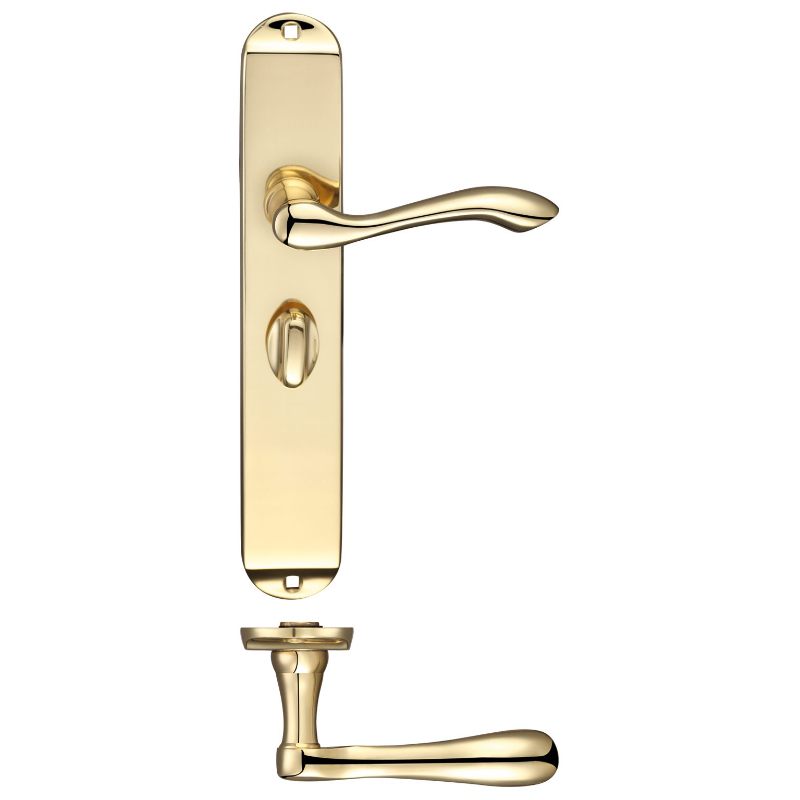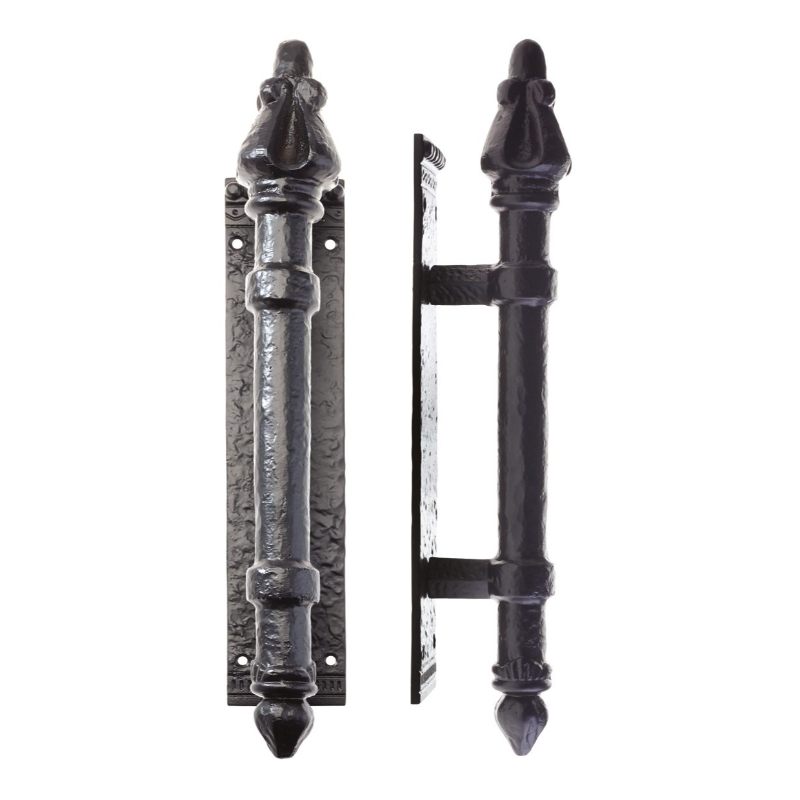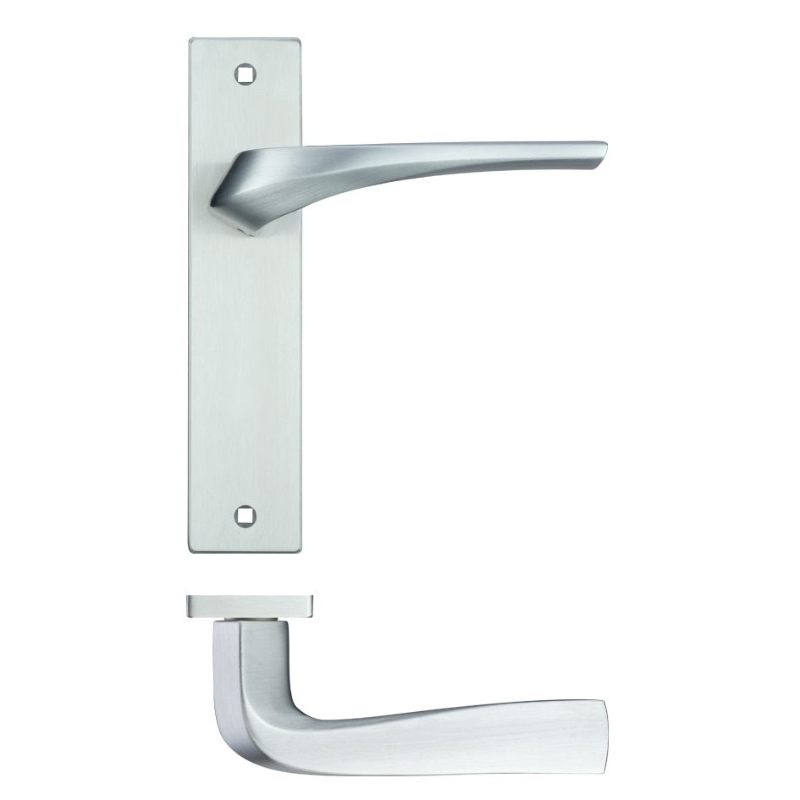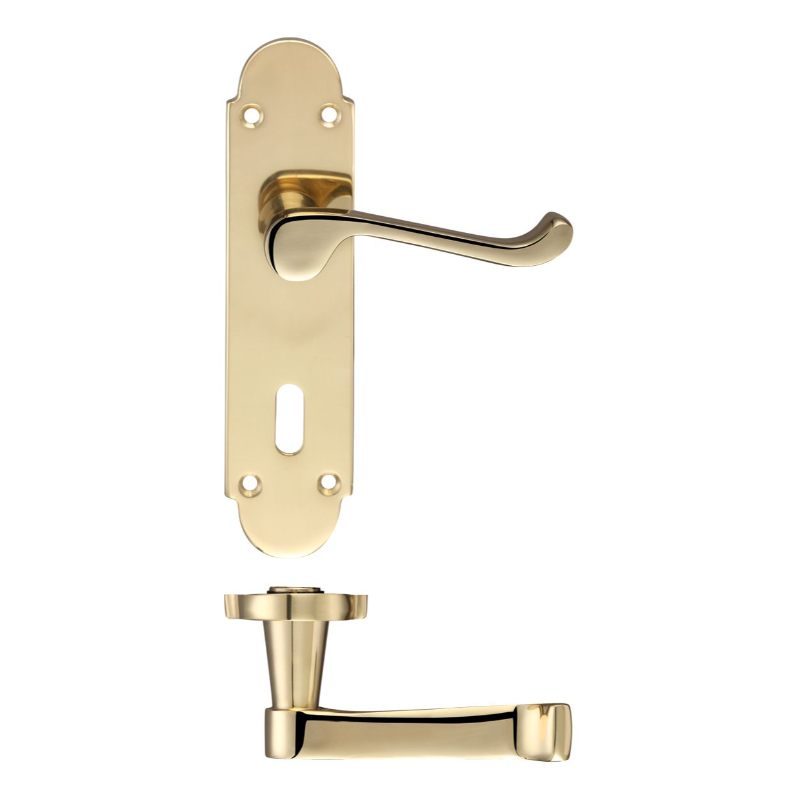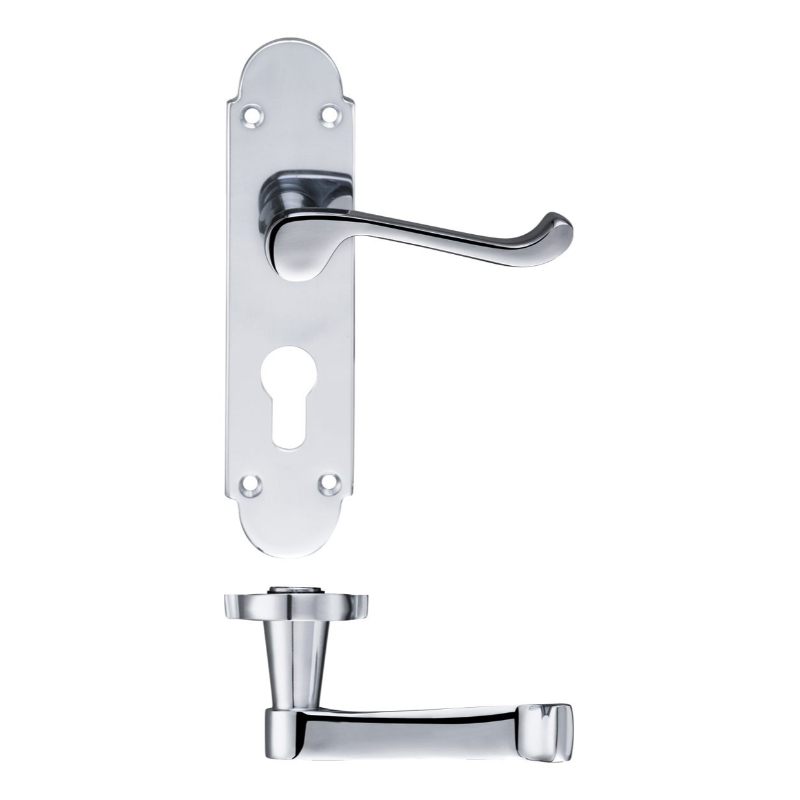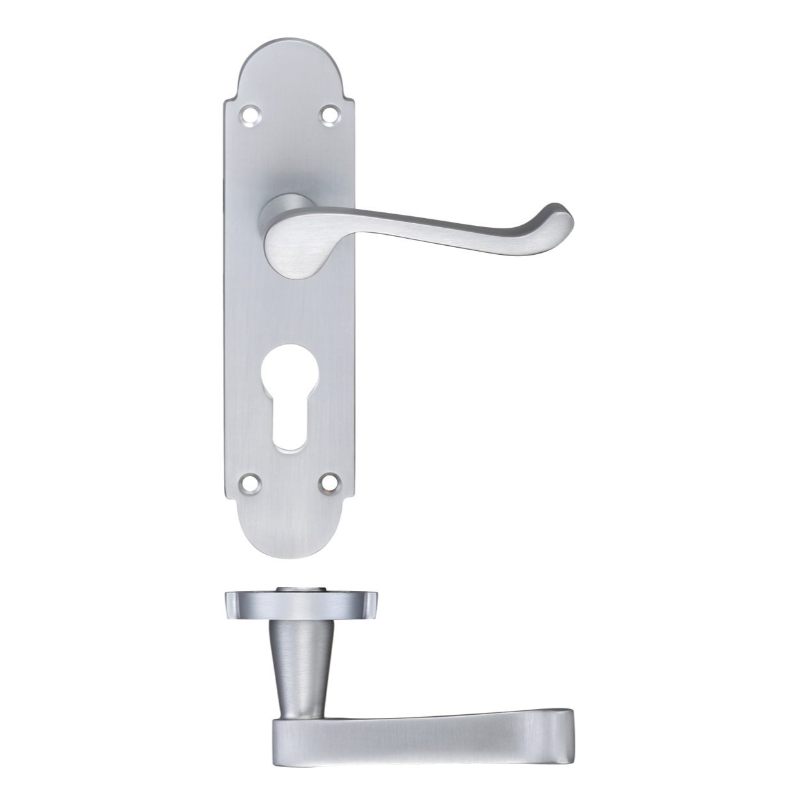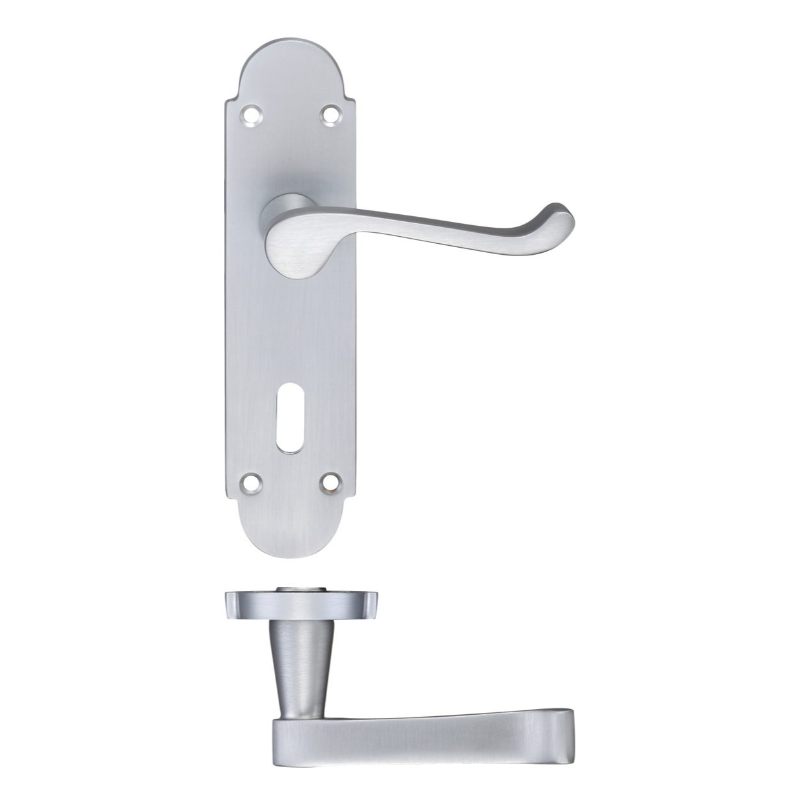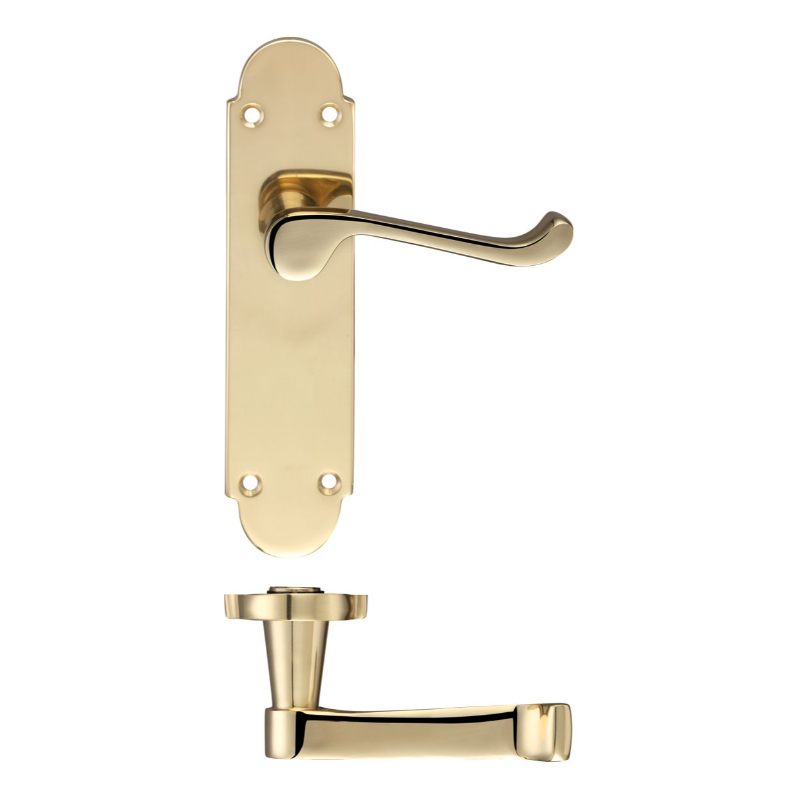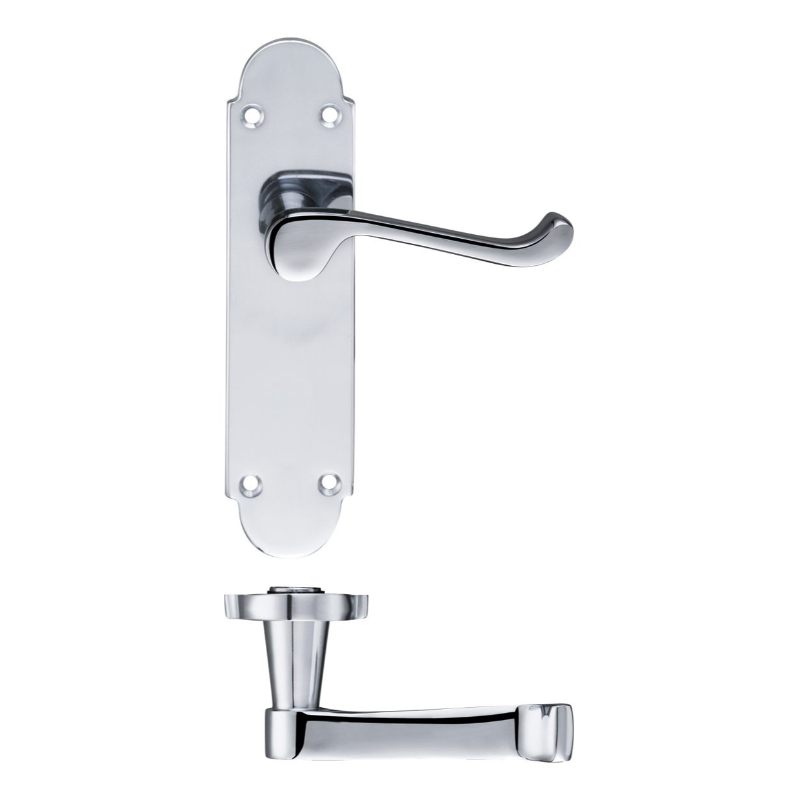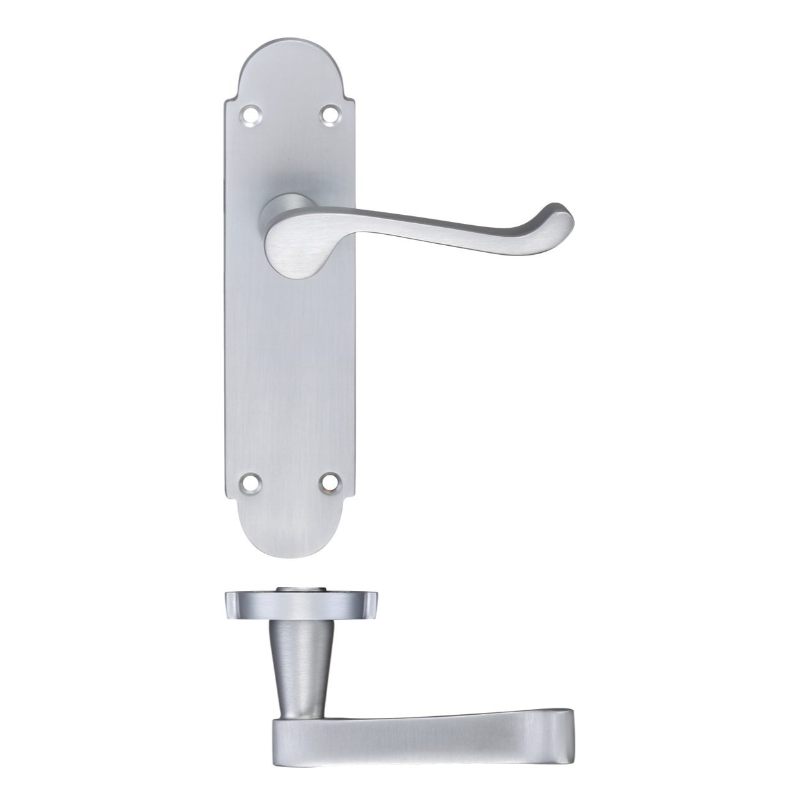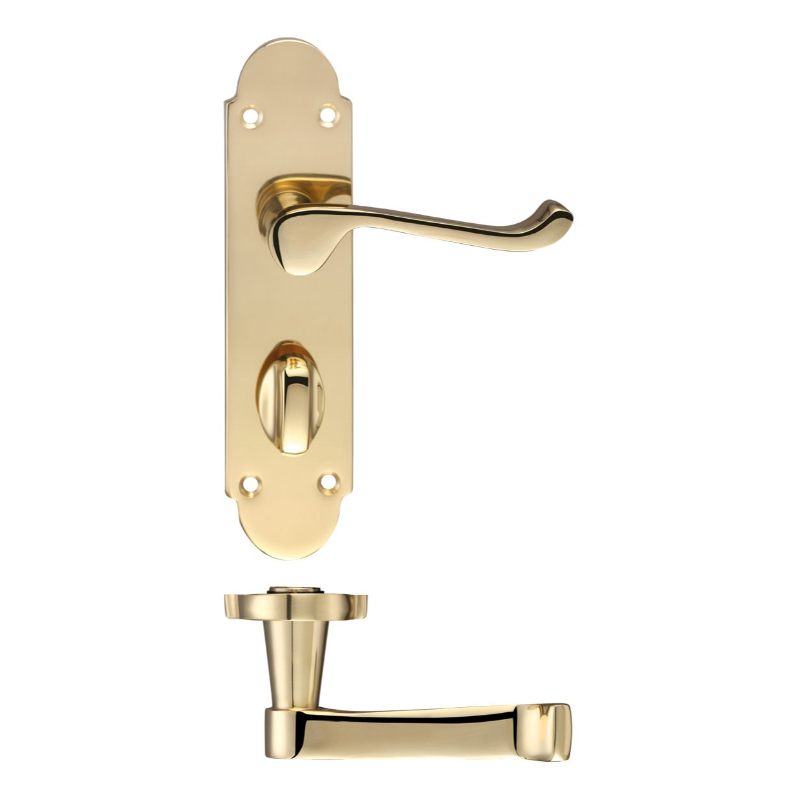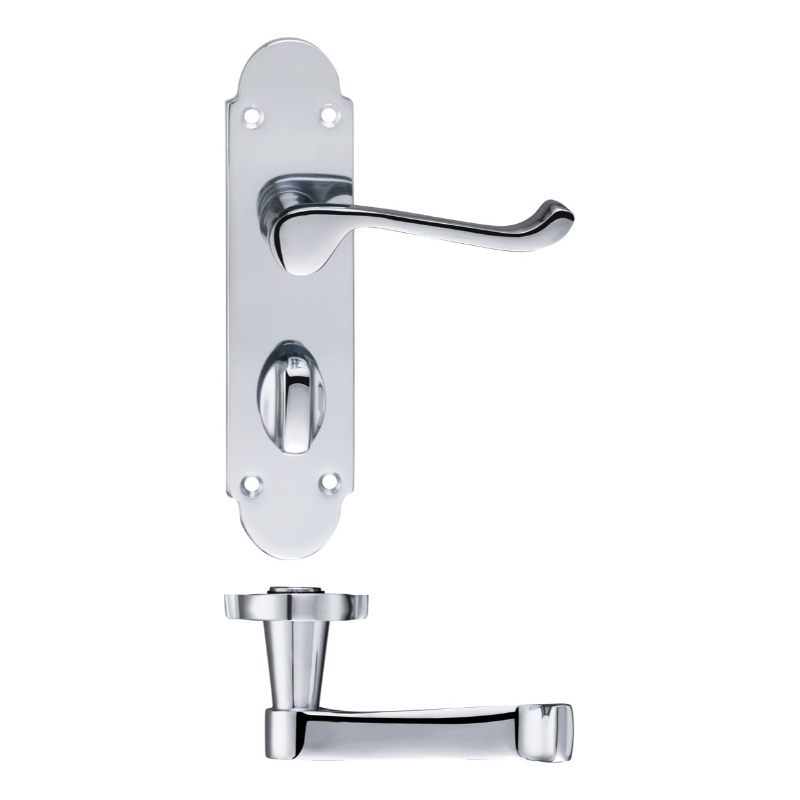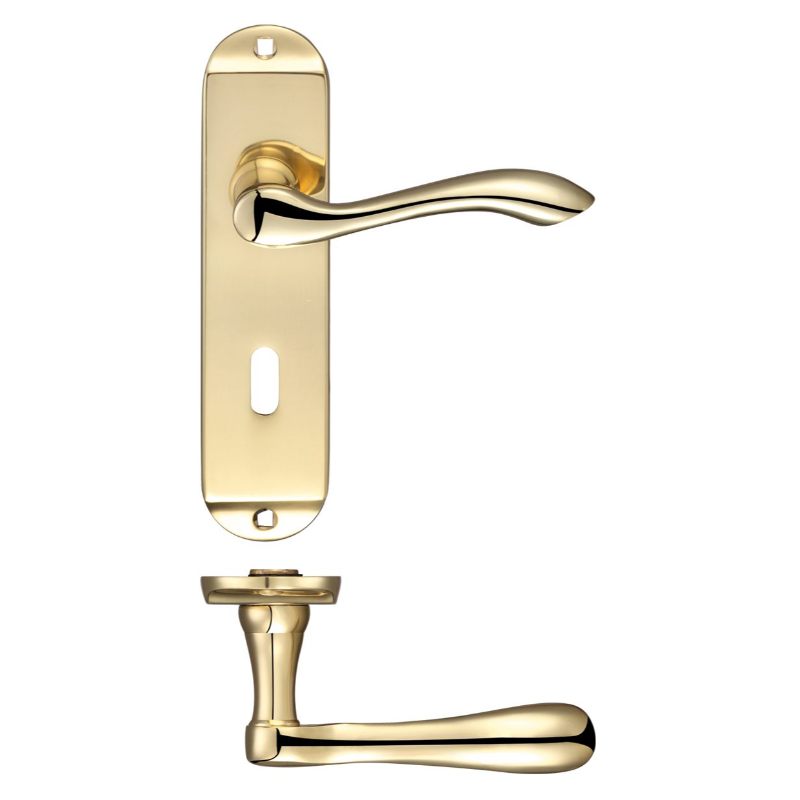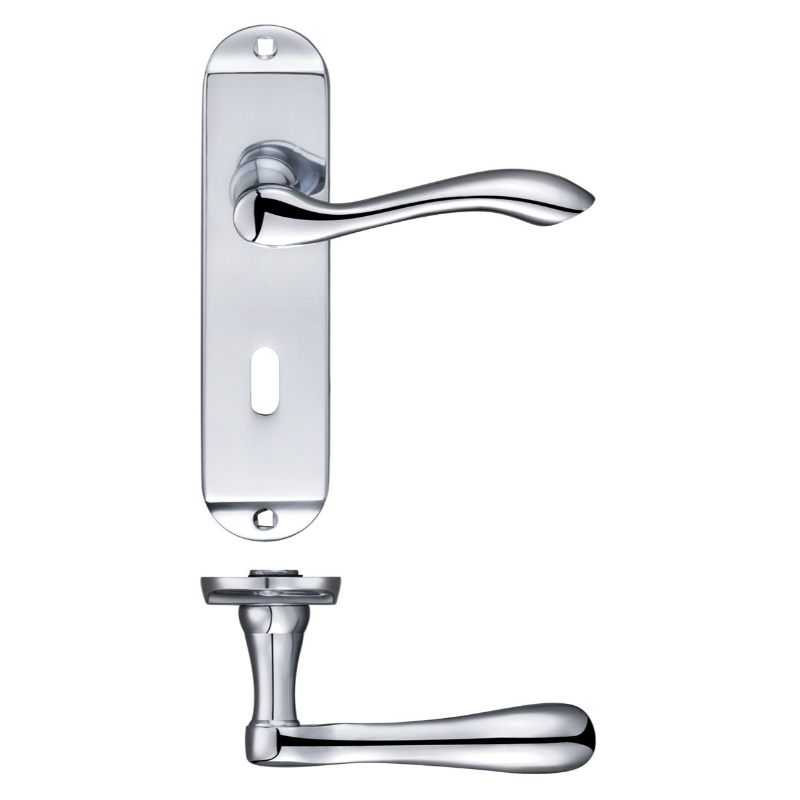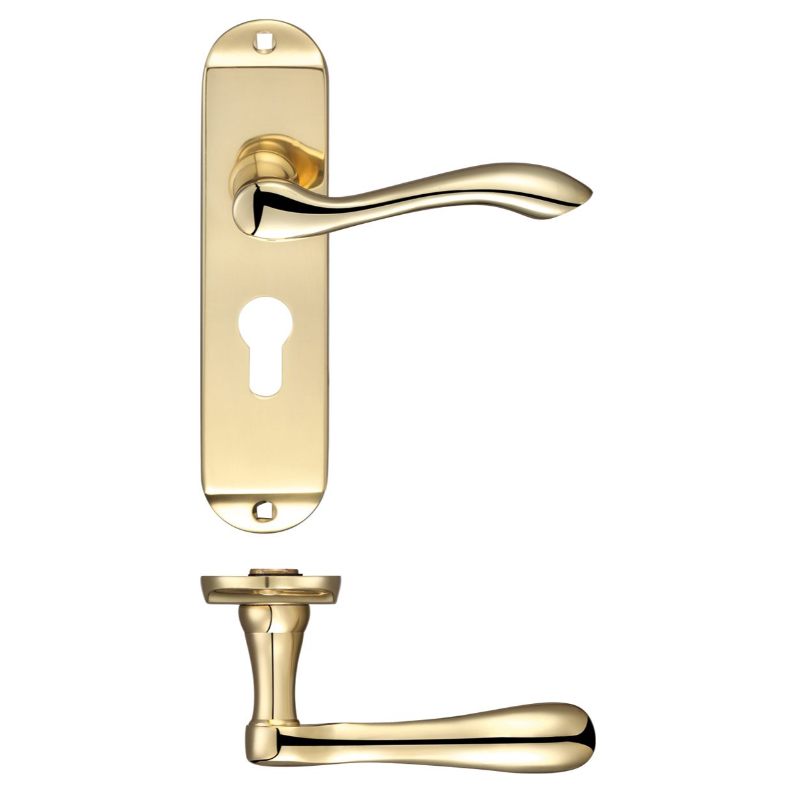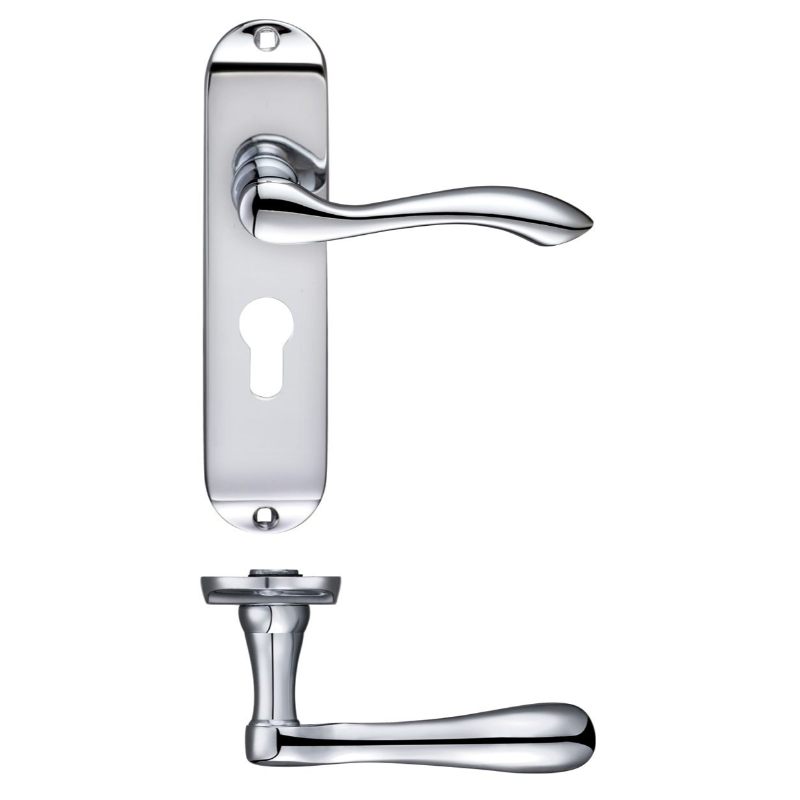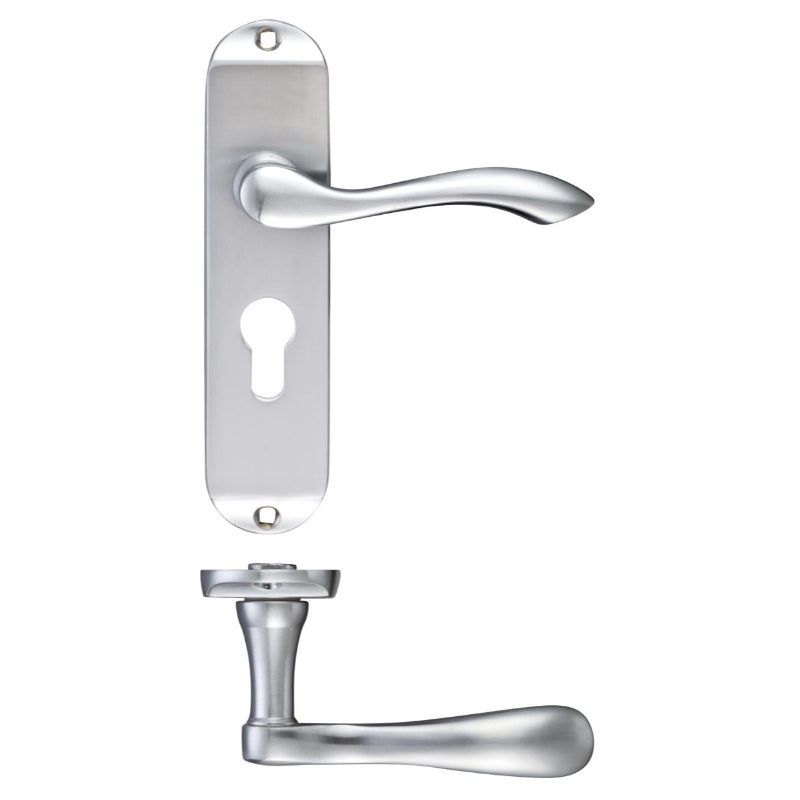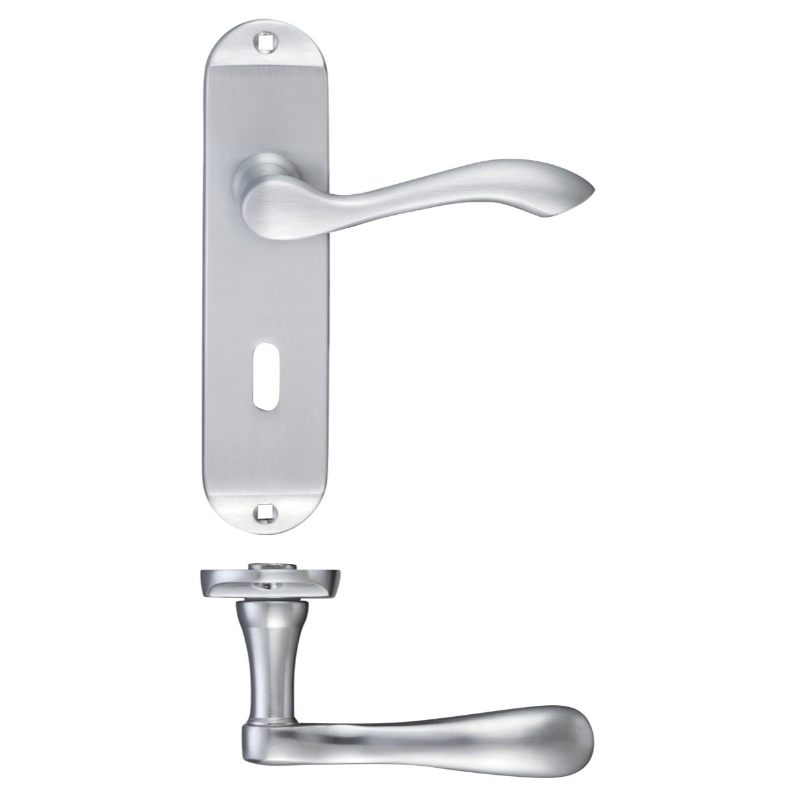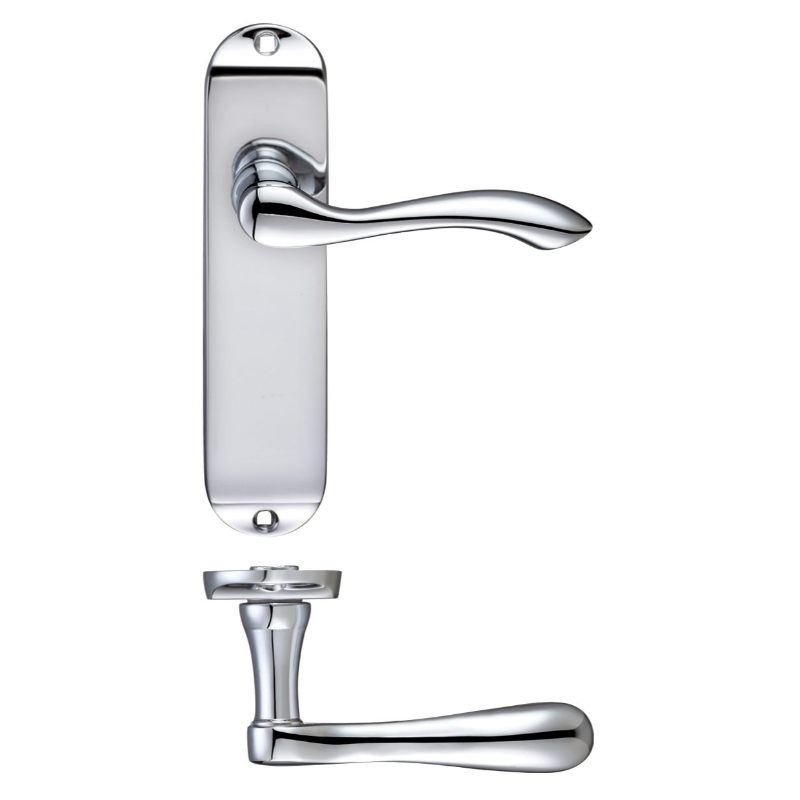The Finishing Touch Your Doors Deserve
When it comes to completing a door, the choice of door handles or knobs is far from a trivial decision. These components are not only functional, allowing you to open, close, and secure a door with ease, but they also play a vital role in the overall look and feel of a space. In the UK, where architectural styles vary from centuries-old period homes to sleek modern apartments, the right door hardware can elevate both practicality and aesthetics.
This guide explores the benefits of choosing quality door handles and knobs, as well as the different types available, helping homeowners, designers, and tradespeople make an informed decision.
1. The Benefits of Quality Door Handles and Knobs
Investing in well-designed, well-made door furniture brings a host of advantages—beyond just opening and closing a door.
1.1. Improved Aesthetic Appeal
Door handles and knobs are often the first point of contact with a door, making them an important design detail. High-quality options are available in a variety of finishes—such as polished chrome, satin nickel, antique brass, matte black, and brushed stainless steel—allowing you to match them seamlessly with other interior fittings.
1.2. Enhanced Durability
Handles and knobs crafted from premium materials like solid brass, stainless steel, or quality zinc alloys resist wear and tear far better than cheaper alternatives. This is particularly important in high-traffic areas such as kitchens, offices, and hallways.
1.3. Better Ergonomics
Well-designed handles and knobs are comfortable to grip, making doors easier to operate. This is especially beneficial for children, elderly users, or those with reduced mobility.
1.4. Security Compatibility
Many modern handles are designed to integrate with advanced locking systems, providing an extra layer of safety for both interior and exterior doors.
1.5. Increased Property Value
Attention to detail, such as upgrading your door furniture, can subtly increase a property’s appeal and perceived value—particularly in competitive UK housing markets.
2. Types of Door Handles
Door handles come in several styles, each suited to different door types, functions, and aesthetic preferences.
2.1. Lever on Rose Handles
A lever on rose handle features a round or square backplate (rose) with the lever projecting from it. These are popular in contemporary interiors for their sleek, minimal look. The mechanism can be combined with latches, locks, or bathroom privacy sets.
2.2. Lever on Backplate Handles
A lever on backplate handle is mounted on an elongated plate, which can incorporate a keyhole, bathroom turn, or plain latch design. This style suits both traditional and modern interiors and often provides better coverage for pre-drilled holes.
2.3. Pull Handles
These handles are designed for sliding doors, commercial entrances, or statement-making front doors. They can be mounted singly or back-to-back for double-sided use. Pull handles often have bold, architectural designs and are available in stainless steel, brass, or aluminium.
2.4. Lever Handles for External Doors
Specifically designed for entrance doors, these handles are often part of a multipoint locking system. They feature strong construction, weather-resistant finishes, and compatibility with high-security locks.
3. Types of Door Knobs
Door knobs offer a timeless alternative to lever handles, bringing classic style or understated elegance to interiors.
3.1. Mortice Knobs
Mortice door knobs are fitted to a sprung latch inside the door. They require a twist action to operate and are available in a huge range of designs—from Victorian porcelain styles to polished brass and glass options.
3.2. Rim Knobs
Rim knobs are used with rim locks, which are mounted on the surface of the door rather than inside. This style is popular for cottage, heritage, and period property doors.
3.3. Centre Door Knobs
Usually decorative, centre door knobs are fixed to the front of entrance doors, acting as a pull rather than a turning mechanism. They create a grand, traditional look.
3.4. Fixed Door Knobs
These are stationary knobs, often used for cupboard doors, wardrobe doors, or purely decorative purposes. They are ideal where no latch or turning mechanism is needed.
4. Specialised Variations and Features
Modern hardware design means that both handles and knobs can incorporate features that improve convenience and performance.
4.1. Privacy and Bathroom Sets
These handles and knobs include built-in thumbturns, making them ideal for bathrooms or bedrooms where privacy is required without using a key.
4.2. Fire-Rated Handles
Tested to meet UK fire safety standards, these are suitable for use on fire doors in both residential and commercial buildings.
4.3. Accessible Designs
Handles with larger, ergonomic levers and smooth-turning knobs are ideal for users with limited hand strength or dexterity.
4.4. Smart Handle Systems
Some modern lever sets incorporate smart locks or electronic keypads, providing contemporary convenience for tech-savvy homeowners.
5. Choosing the Right Material and Finish
The right finish not only complements your décor but also affects durability.
-
Polished Chrome: Modern, reflective, easy to clean.
-
Satin Chrome / Brushed Nickel: Subtle sheen, fingerprint-resistant.
-
Polished Brass: Traditional warmth, excellent for period homes.
-
Antique Brass / Bronze: Aged appearance for heritage charm.
-
Matte Black: Bold, minimalist statement, popular in contemporary UK homes.
-
Stainless Steel: Hardwearing, corrosion-resistant—ideal for external use.
6. Matching Handles and Knobs with Your Door Type
Before choosing, consider:
-
Internal vs External Use: External fittings require weatherproof finishes and higher security.
-
Door Function: Latch doors need simple handles or knobs; lockable doors require keyhole or thumbturn integration.
-
Design Theme: Coordinate with hinges, escutcheons, and other ironmongery for a cohesive look.

